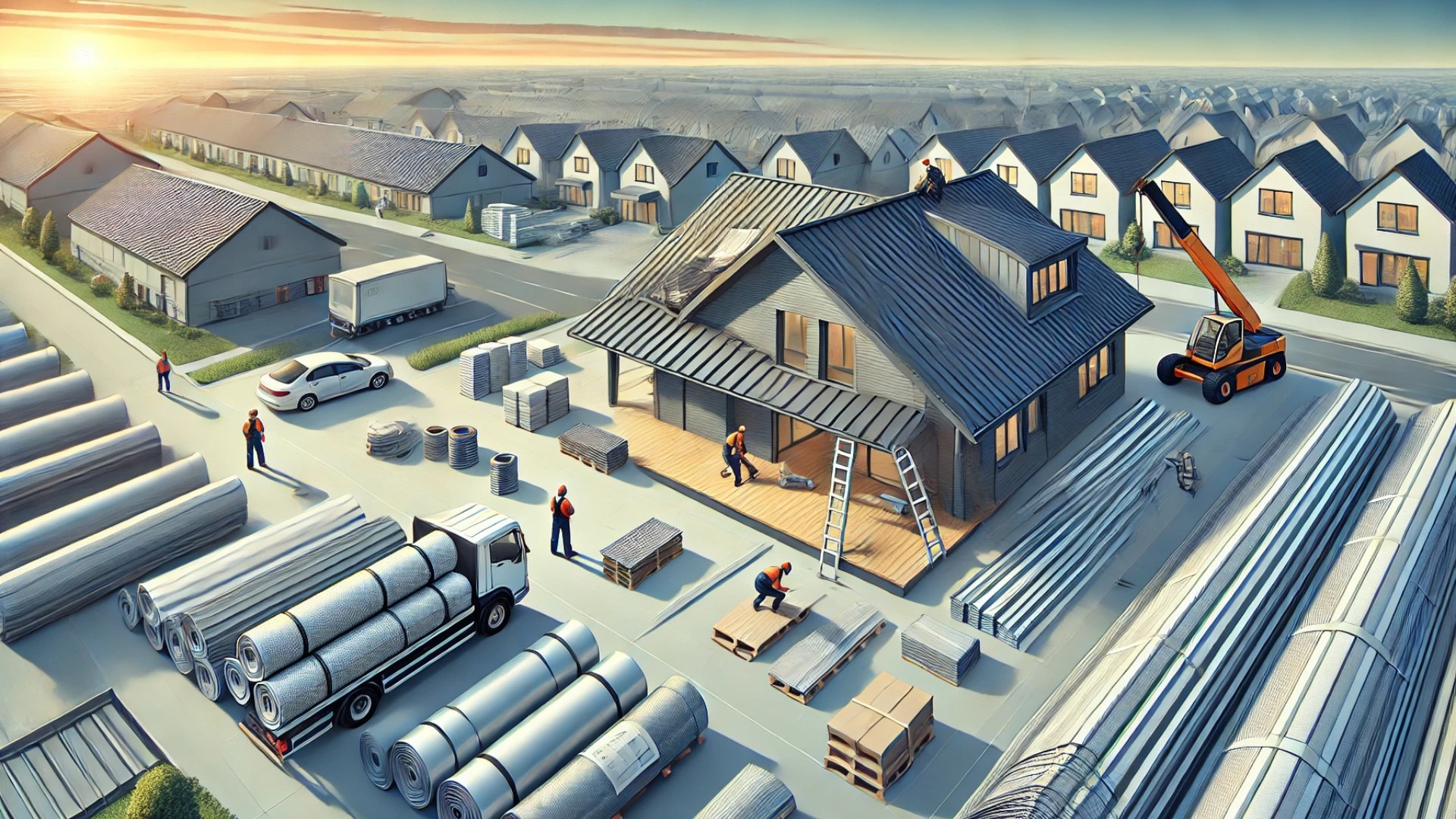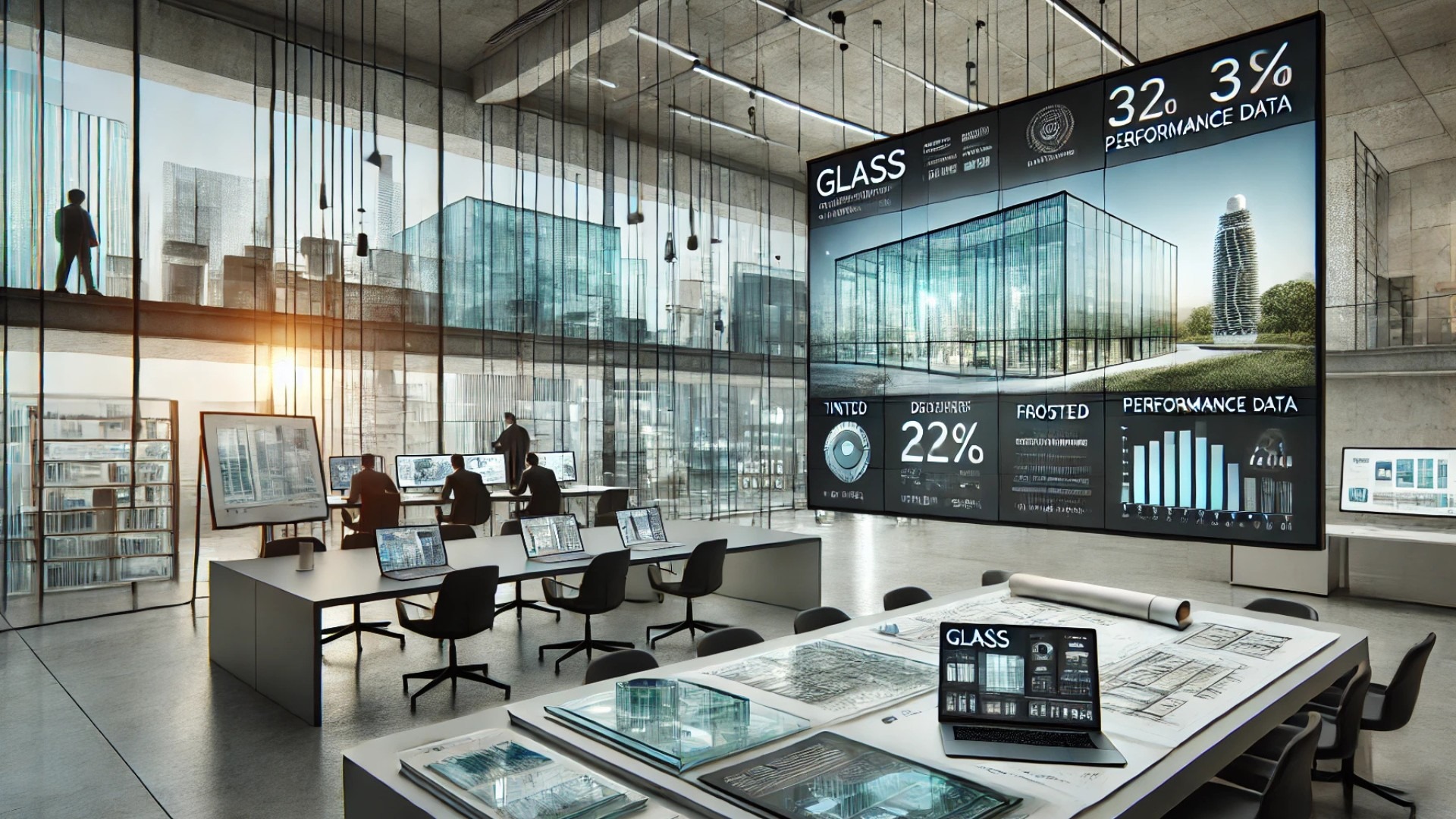
The Strategic Relocation of Cooper Robertson
The renowned architectural firm Cooper Robertson has made a significant move to a newly renovated office in Lower Manhattan. This strategic shift not only signals the firm's growth trajectory but also its commitment to the revitalization of urban environments, particularly in Manhattan’s dynamic landscape. The decision to transition from its previous location underscores a pivotal moment for Cooper Robertson, aligning with broader architectural trends that seek to integrate design innovation with community engagement.
Why Lower Manhattan? Exploring the Benefits
Lower Manhattan has long been a hub of architectural innovation and urban development. This area’s evolution post-9/11 has seen a remarkable transformation, where new commercial spaces meet modern design aesthetics. For Cooper Robertson, relocating here positions the firm at the epicenter of cutting-edge architecture and urban planning, allowing for enhanced collaboration with peers, clients, and city planners. Such a move also signifies a focus on sustainability, a core tenet of modern architecture, as the new office promotes eco-friendly practices and energy efficiency.
Future Predictions: What This Move Represents
As urban environments evolve, the demand for architectural firms to adapt to changing societal needs is paramount. Cooper Robertson's relocation is a harbinger of an era that prioritizes sustainable practices while being deeply rooted in community values. With New York City continually facing challenges associated with climate change, the firm's new base offers an opportunity to spearhead initiatives that align with city-wide eco-conscious strategies.
Actionable Insights for Building Owners
For building owners in the vicinity, Cooper Robertson’s new office can serve as a case study for effective space utilization and modern design principles. Investing in architectural services that prioritize sustainability can lead to long-term financial benefits, enhancing property value and appeal. Furthermore, engaging with firms that are attuned to community needs positions building owners to stay ahead in an increasingly competitive market.
Concluding Thoughts on Architectural Trends in Urban Areas
Cooper Robertson's move serves not just as a logistical shift but also as a reminder of the critical intersection between architecture and urban development. As they set roots in Lower Manhattan, they invite a future where design excellence complements sustainable living. Architecture thus remains a powerful tool in shaping not only the skyline but also the social fabric of urban life.
 Add Row
Add Row  Add
Add 

 Add Row
Add Row  Add Element
Add Element 




Write A Comment